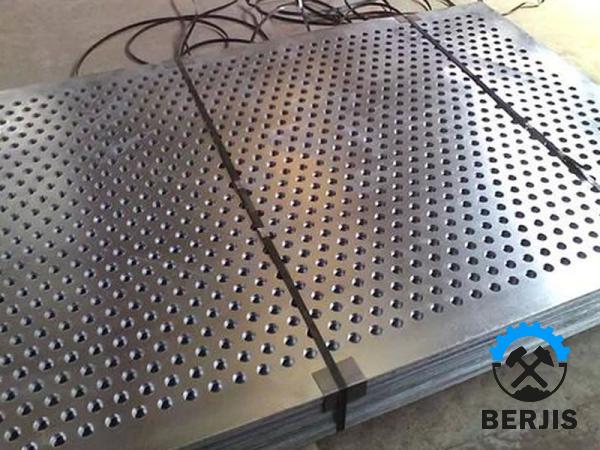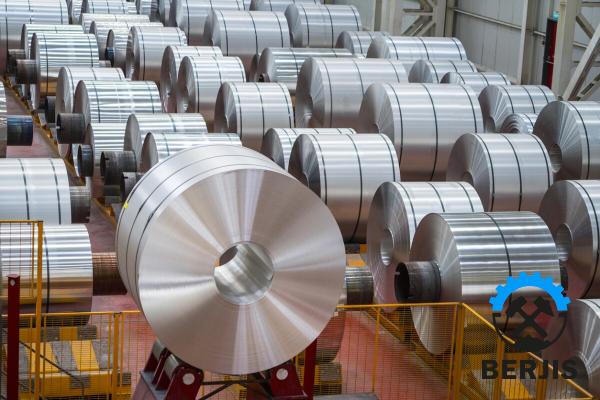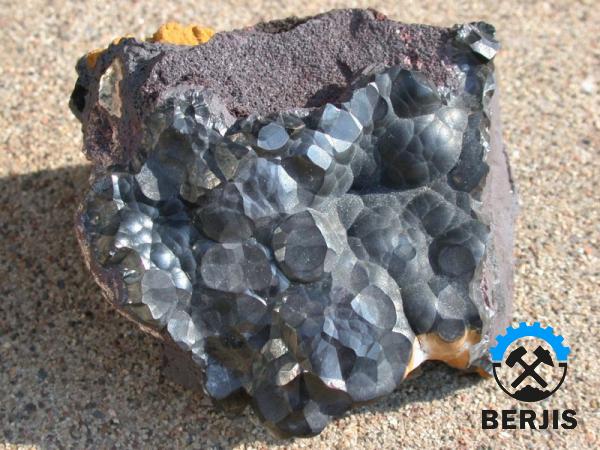The steel industry is a crucial sector that drives economic growth and development worldwide. Iron ore, particularly hematite iron ore, plays a pivotal role in the production of steel. In this article, we delve into the properties, uses, and significance of hematite iron ore, and explore how it contributes to a sustainable steel industry. Properties of Hematite Iron Ore: Hematite, commonly referred to as red iron ore, is a mineral with a dark reddish-brown to black color. It exhibits a high iron content and is the most abundant iron-bearing mineral. Its chemical formula is Fe2O3, indicating that it consists of two atoms of iron (Fe) and three atoms of oxygen (O). Hematite exhibits a hardness of 5.5-6.5 on the Mohs scale, making it a relatively hard mineral.
.
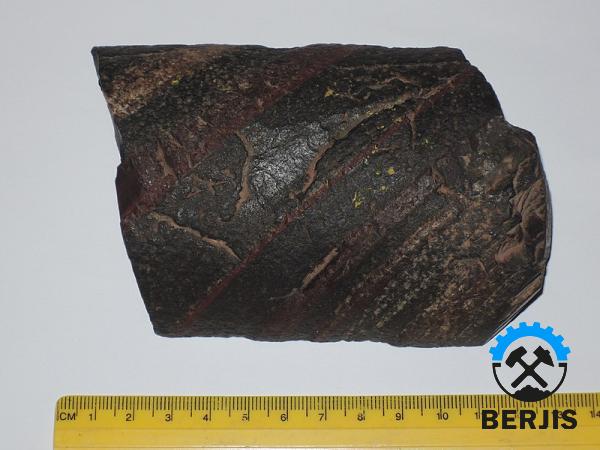 Significance of Hematite Iron Ore in Steel Production: 1. High Iron Content: Hematite contains approximately 70% iron, making it an excellent source for steel production. Steel is primarily an alloy of iron and carbon, and hematite provides the essential iron component. 2. Easy Extraction: Hematite is one of the most accessible and widely mined iron ore minerals. It is often found in large deposits and is relatively easy to extract, contributing to its economic viability. 3. Low Impurity Content: Hematite iron ore typically has low levels of impurities, such as phosphorus and sulfur. This low impurity content enhances the quality of the steel produced, ensuring its strength and durability.
Significance of Hematite Iron Ore in Steel Production: 1. High Iron Content: Hematite contains approximately 70% iron, making it an excellent source for steel production. Steel is primarily an alloy of iron and carbon, and hematite provides the essential iron component. 2. Easy Extraction: Hematite is one of the most accessible and widely mined iron ore minerals. It is often found in large deposits and is relatively easy to extract, contributing to its economic viability. 3. Low Impurity Content: Hematite iron ore typically has low levels of impurities, such as phosphorus and sulfur. This low impurity content enhances the quality of the steel produced, ensuring its strength and durability.
..
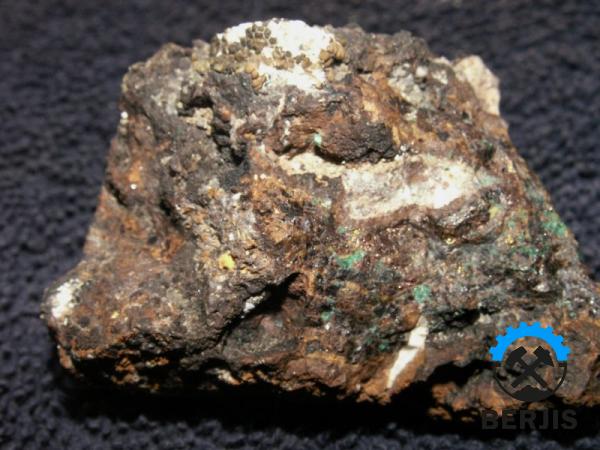 4. Environmental Sustainability: Hematite iron ore offers significant environmental benefits. Its low impurity content reduces harmful emissions during steel production. Furthermore, efficient extraction techniques and responsible mining practices minimize the environmental impact associated with hematite mining. Uses of Hematite Iron Ore: 1. Steel Production: The primary use of hematite iron ore is in steel production. The iron extracted from hematite ore is melted and combined with carbon to create various types of steel. These include structural steel, automotive steel, and stainless steel, which have widespread applications in construction, manufacturing, and other industries. 2. Pigments and Polishing Agents: Due to its unique color, hematite iron ore is utilized as a pigment in paints, ceramics, and jewelry. It is also used as a polishing agent for metals and gemstones, enhancing their visual appeal.
4. Environmental Sustainability: Hematite iron ore offers significant environmental benefits. Its low impurity content reduces harmful emissions during steel production. Furthermore, efficient extraction techniques and responsible mining practices minimize the environmental impact associated with hematite mining. Uses of Hematite Iron Ore: 1. Steel Production: The primary use of hematite iron ore is in steel production. The iron extracted from hematite ore is melted and combined with carbon to create various types of steel. These include structural steel, automotive steel, and stainless steel, which have widespread applications in construction, manufacturing, and other industries. 2. Pigments and Polishing Agents: Due to its unique color, hematite iron ore is utilized as a pigment in paints, ceramics, and jewelry. It is also used as a polishing agent for metals and gemstones, enhancing their visual appeal.
…
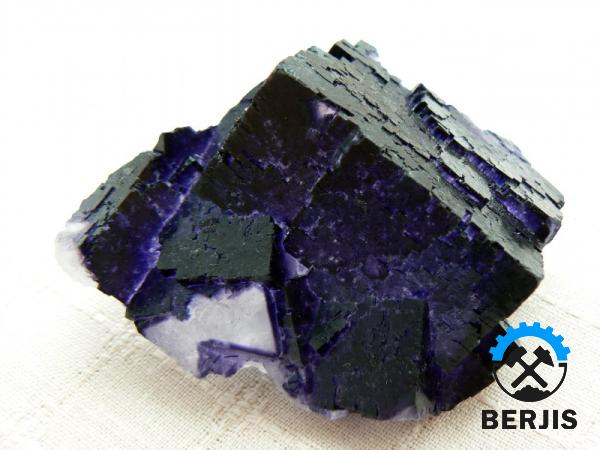 3. Health and Wellness: Hematite has been traditionally used in alternative medicine and wellness practices. Its alleged healing properties include promoting blood circulation, reducing inflammation, and relieving pain. Hematite jewelry, such as bracelets and necklaces, is often worn for these reasons. Conclusion: Hematite iron ore plays a critical role in sustaining the steel industry, contributing to infrastructure development, manufacturing, and various other sectors. Its high iron content, low impurity levels, and easy extractability make it an ideal raw material for steel production. Additionally, the environmental sustainability associated with hematite mining furthers its value in a world seeking more eco-friendly practices. As the world continues to evolve, the significance of hematite iron ore becomes increasingly apparent – driving economic progress while minimizing environmental impact.
3. Health and Wellness: Hematite has been traditionally used in alternative medicine and wellness practices. Its alleged healing properties include promoting blood circulation, reducing inflammation, and relieving pain. Hematite jewelry, such as bracelets and necklaces, is often worn for these reasons. Conclusion: Hematite iron ore plays a critical role in sustaining the steel industry, contributing to infrastructure development, manufacturing, and various other sectors. Its high iron content, low impurity levels, and easy extractability make it an ideal raw material for steel production. Additionally, the environmental sustainability associated with hematite mining furthers its value in a world seeking more eco-friendly practices. As the world continues to evolve, the significance of hematite iron ore becomes increasingly apparent – driving economic progress while minimizing environmental impact.

